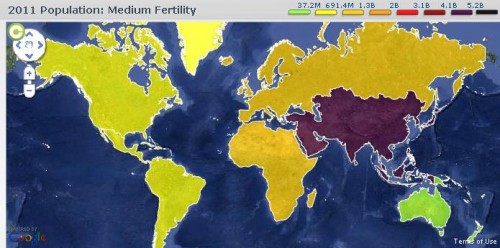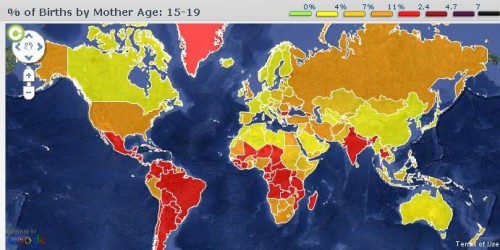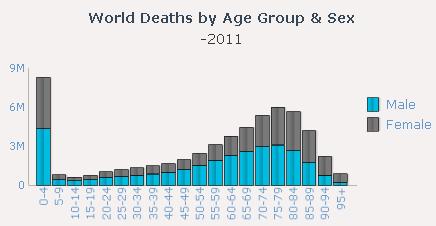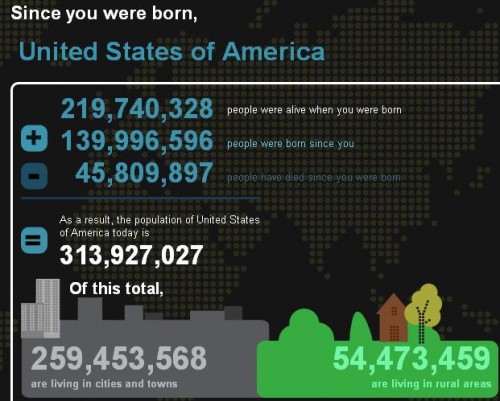
Today cheerleading can be an incredibly athletic and risky sport. Because it is associated with women, though, and serves a sideline function for football and other male-dominated sports, cheerleading is often not considered a sport at all. Less than half of U.S. high school athletic associations define high school cheerleading as a sport and neither the U.S. Education Department or the National Collegiate Athletic Association categorize it as one.
Instead, cheerleading is frequently labeled an “activity,” akin to the chess club. Accordingly, cheerleading remains unregulated by organizations responsible for ensuring the safety of athletes, leading to rates of injury among cheerleaders higher than even those among American football players.
A similar logic appears to be at play regarding the Lingerie Football League, 12 teams of women that play live tackle football in underwear. Here are some highlights from a game:
So, here’s the thing. Last month 16 of the 26 players on the Triumph, a team in Toronto, resigned over safety concerns. From a story at the Toronto Star sent in by Emily M.:
…four players described the ill-fitting hockey helmets and one-size-fits-all shoulder pads designed for young males that they had to wear.
“We would have headaches during practice… They made a hockey helmet a football helmet, and that’s not what it’s for.”
…
Sprained ankles, concussions and pulled hamstrings were among the injuries sustained by Triumph players in their first game… their team had no medical staff.
One of the players reported that, when they brought their concerns to the coach, he shrugged and said: “You know, it is what it is.”
“You know, it is what it is.” In other words, “You’re women in underwear. It doesn’t matter what you do, you’re not really playing football.” Ideology triumphing over reality.
Lisa Wade, PhD is an Associate Professor at Tulane University. She is the author of American Hookup, a book about college sexual culture; a textbook about gender; and a forthcoming introductory text: Terrible Magnificent Sociology. You can follow her on Twitter and Instagram.















